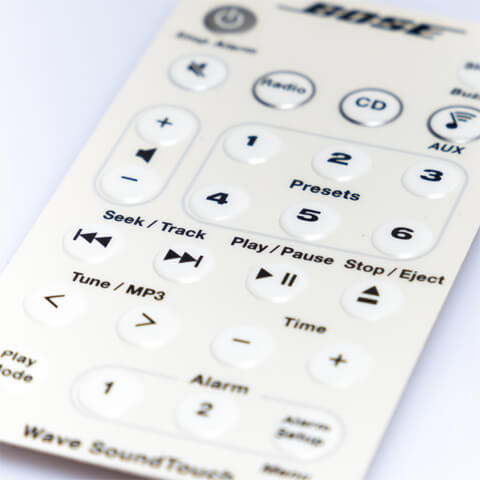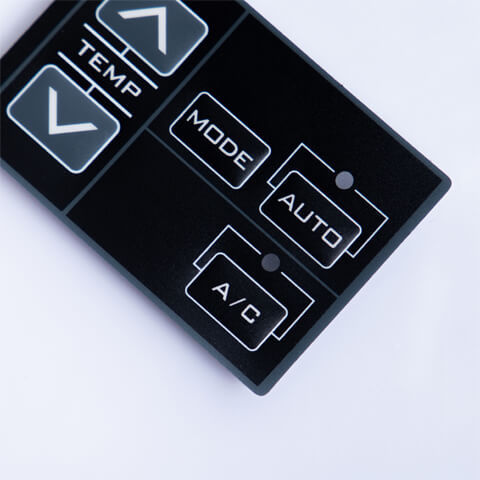Contact
Write to Us And We Would Be Happy to Advise You.
Do you have any questions, or would you like to speak directly with a representative?
By hqt

Graphic overlay is one of the types of sensors used for many different purposes such as: water level measurement, water level alarm, acid level measurement or in mining environments. Based on the change of the sensor capacitance, we have the desired measurement results. Therefore, the structure and operating principle of the overlay is like. Let’s find out together.
Overlay (or dielectric sensor) is to use capacitance to measure the dielectric constant of the surrounding environment, structured like a neutron probe whose approach tube made of PVC and installed in the heart. land; Moreover, the probes can also modular (like a comb) and connect to a recorder.
Graphic overlay is a sensor for detecting liquid level; binders or small solids such as powders; Plastic bed; Cement; Sand. Usually, most overlays used in factories for level measurement; Liquid solids level indicator in water tank; Silo storage tanks….
Overlays have a relatively simple structure, whereby the sensor head can adjust in length to contact the medium. Moreover, if the distance is too large, a probe or cable use to increase the measuring distance.
The capacitive water level sensor consists of 4 main parts:
Note that between sections 2 and 4 there is a longer passage than the other categories. This is a graphics overlay capable of withstanding high temperatures.
In addition, to make it easier to imagine, we can understand that around the sensor there are always many electrodes connected in series between the sensor and the tank wall. Moreover, when a liquid or solid level comes into contact with the sensor’s electrode, the amount of current will increase. This pole increases again. Through the microprocessor algorithm we are able to determine the level of fuel in contact with the sensor.
Different materials have different conductivity, so we have to adapt the sensor to each environment.
Moreover, some media with low conductivity, such as reverse osmosis or distilled water, have very low conductivity. Graphics overlays are usually not capable of measuring it. However, the technology to develop graphic overlay already exists. Good measurement for non-conductive liquids.
Measuring range of graphics overlay? In addition, common graphics overlays with measuring range from 2mm to less than 50mm, 2mm graphics overlays, 4mm graphics overlays, 8mm graphics overlays, 12mm graphics overlays, electrical sensors 16mm capacitance sensor, 25mm graphics overlay, ON OFF graphics overlay.
Graphics overlay output: graphics overlay has a common output like PNP/NPN/NO/NC…
Reading this far, you will probably ask yourself the question “What is a graphics overlay for?” There will be many uses regarding graphics overlays. Moreover, one of them is a graphics overlay that measures water and water levels. Capacitive level sensor.
Graphic overlays use to measure the oil level. Although oil is a non-conductive medium, graphics overlay can measure DO – FO oil and even cooking oil.
What about other liquids? Of course, it is much easier to measure conductive liquids than liquids with little or no electrical conductivity.
Moreover, in the case of solids such as cement, flour, rice, flour, tapioca flour, milk powder…, graphics overlays are easy to measure due to the large fluctuating capacitance when in contact with the sensor. The maximum switching distance that can measure the power transformer is 20 m.
Thus, the graphic overlay can measure liquids and solids in two ways ON-OFF and continuously outputs a 420mA signal.
In addition, one application of such a device is soil water measurement, whereby the volume of water in the total soil volume has the greatest influence on the dielectric permeability of the soil, since the dielectric of water is much larger than the components. other of the land. (mineral soil: 4, organic matter: 4, air: 1).
Moreover, as the amount of water in the soil changes, a probe measures the change in capacitance due to the change in electrical permeability of the medium and can directly correlate with the change in water content. Today, graphic overlay uses worldwide in agricultural irrigation planning.

Dielectric or graphics overlays use to measure the electrical response of thermoset resins and composites matrix at a certain depth on the sensor surface. In addition, electric field modeling involves the use of these sensors. Moreover, the correspondence between the electrical properties of the material in the field and the measurement (i.e. capacitance) is important for interpreting the readings from the dielectric transformer sensor.
Graphic overlay can also use to measure the level of certain solid materials in structures such as hoppers or silos.
General features
Regarding the structure of graphic overlay like other sensors, there are 3 main parts as follows:
In addition, the indispensable part is the rod, also known as the sensor’s probe. Depending on whether the medium to measure is conductive or non-conductive, there are different types of probes.
Moreover, Graphic overlay operates on the principle of changing the capacitance of the emitting sensor; under the influence of the medium.
Summary
With this sharing I hope you will understand:
Do you have any questions, or would you like to speak directly with a representative?